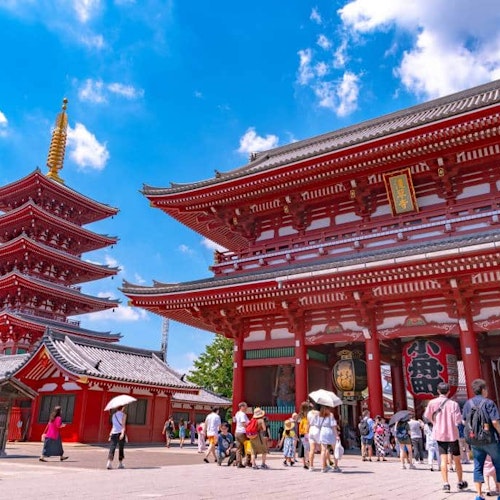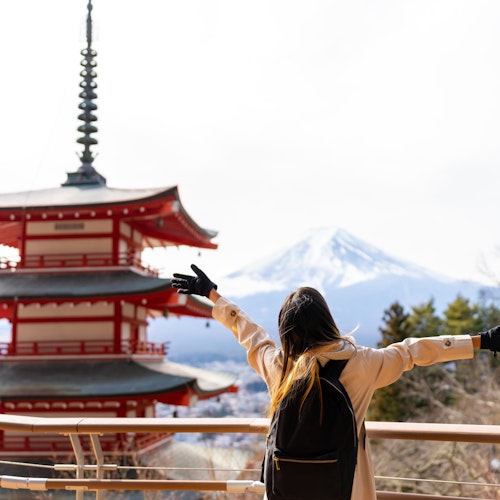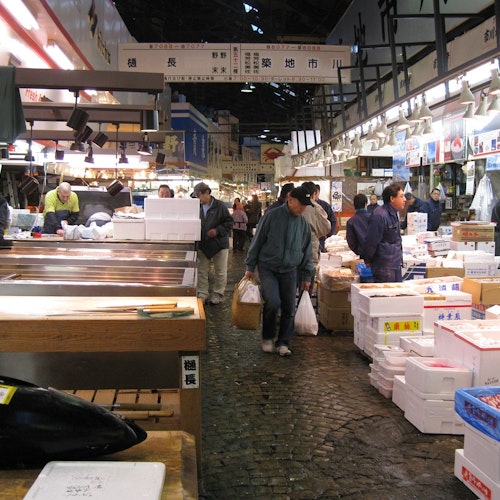The Nara National Museum (奈良国立博物館, Nara Kokuritsu Hakubutsukan), located in Nara Park, is an art museum which primarily displays Japanese Buddhist art. Established in 1889, the museum retains its original building and is joined by a new wing that is connected to the original building by an underground passage.
This is an art museum that primarily displays Japanese Buddhist art. It was established in 1889, and retains its original building structure and is joined by a new wing that is connected to the original building by an underground passage. Both wings display the museum's permanent collection which includes Buddhist statues, paintings, scrolls and much more.
The value of cultural dissemination is undoubtedly valid. However, the historical roots and authenticity should be presented based on the actual conditions of the local area. It is suggested that national museums should not display personal collections (donations are excluded from this category). It is worth pondering whether the works from the Tang Dynasty and the Northern and Southern Dynasties in China were given as gifts through local cultural exchanges rather than stolen during the invasion of China?
The Nara National Museum, located in Nara, Japan, is a prominent cultural institution dedicated to preserving and showcasing Japanese art and Buddhist heritage. Established in 1889, the museum is situated in Nara Park, a historic area renowned for its ancient temples, friendly deer, and serene atmosphere. The museum plays a vital role in highlighting Nara’s significance as Japan’s first permanent capital and a cradle of Japanese culture.
The museum’s collections are particularly rich in Buddhist art, reflecting the deep spiritual history of the region. Its holdings include statues, paintings, ritual objects, and sacred texts spanning various periods, from the Asuka and Nara periods (6th-8th centuries) to later eras. Among its most notable artifacts are the exquisite sculptures and ceremonial relics that offer a glimpse into the craftsmanship and religious devotion of early Japanese artisans.
The Nara National Museum comprises two main buildings: the original Main Hall, a designated Important Cultural Property, and the East Wing, which features a more contemporary design. The museum regularly hosts temporary exhibitions alongside its permanent displays, drawing visitors from across the globe.
A highlight of the museum’s calendar is its annual exhibition of treasures from Tōdai-ji Temple, showcasing priceless artifacts usually kept within the temple’s Great Buddha Hall. This exhibition underscores the museum’s mission to connect the public with the profound cultural and spiritual legacy of Japan.
Visiting the Nara National Museum is a deeply enriching experience, offering insights into Japan’s artistic, historical, and spiritual traditions.

This is an excellent museum, I learnt so much about Japanese Buddhism and it has so many beautiful and amazing pieces. I really like how information is conveyed, making it easy to understand the significance of each object. The staff were all very friendly and the building is modern inside with plenty of benches and toilets. Would highly recommend, it really helps to contextualise the temples you visit during the rest of your trip to Japan.



